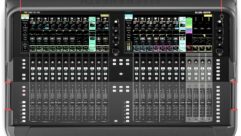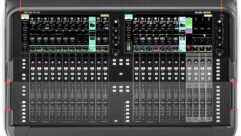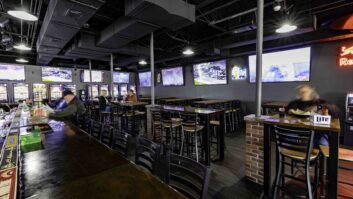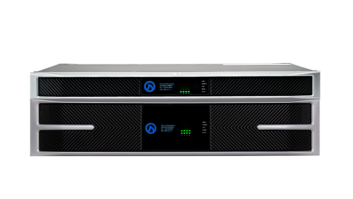If you’re going to win audio business in the hospitality space you need to be nimble with your offerings, be broad in your understanding of client needs, and think in terms of layers and integration as you sell, install and support audio solutions.
That said, how can you offer more tactile and strategic value to hospitality clients? Hospitality isn’t always the most intuitive location for audio in the mind of a business owner. While nearly everyone wants an impressive system, they often need to see the business benefits of such a solution.
Winning business in the hospitality market means not only understanding the products you sell, but also offering a solution that affects the business realities of the client.
In a hotel, for example, the lobby may be the most obvious location to add sound. Specific ambient music or a predetermined playlist are extremely popular offerings. But why is this?
Research shows that sound triggers physical, emotional and psychological responses from customers. In an industry where reviews and customer loyalty are key, the appropriate audio can often be a tipping point in customer experience.
But how important are reviews that focus in on customer experience? Research from Vision Critical shows the by 2020, customer experience will be the key brand differentiator – ahead of both price and product. This is an important change for all business – but it is paramount in the hospitality space.
Share this information with potential clients. Explain how sound can directly affect that metric. With that in mind, each location in a hospitality space should now be a potential installation point for audio. Ask clients what they hope their customers feel while in a space. Then, explain how a particular soundscape can make that possible.
Another resonant real-world example may come up for business-traveler focused hotels where conference halls create space for sales conferences, company retreats, or other events. While there are many meeting halls in any given city, many still fail to provide the audio and visual components required in today’s business world. Expensive rentals and technicians are required. It takes time to build out the system each time the hall is rented. But there is an easier way.
What level of power and control can you provide in these spaces to help a hotel provide an in-house system? Providing an on-site audio system means a lower event cost for those renting the space – they won’t need to build out the system with an additional contractor – and that can be a significant selling point.
The same approach goes for any restaurant and bar, retail space or other areas where audio can be added: treat it as its own, segmented space, find the value audio plays in it, and explain that to the client. The same research cited above found that 86 percent of buyers will pay more for a better customer experience. Use this information to sell a system and solution, of course, but also use it to inform how you are selling your services.
The proliferation of “Internet of Things” in the residential market has influenced demand in the commercial space. What customers seek, however, is intelligent and intuitive systems. If you can deliver on the promise of IoT – that is, the interoperability – you can offer a “wow factor” that will impress a client who is familiar with automation and mobile control technologies in their own life.
To achieve this, do two things:
Execute systems in a way that not only brings in the selected zones previously discussed, but also future-proofs the facility to expand upon the original system requirements as they evolve. Ensure the system provides for complete system scaling and control, as well as enables easy and efficient system management and troubleshooting.
Approach clients not with “traditional” sales but with a collaborative partnership approach that looks at long-term success. Offer each zone, its benefits, and its individual price as options for the system. Explain the limitations to systems in terms of power and scope, and offer options that will future-proof a location and allow for any potential add-ons. Follow up with the client to ask about performance, support needs, and any changes they’ve considered. If you execute this step correctly, you’ll be set to develop more business with the client long-term.
Jim Schwenzer is the Director of Service & Technical Support for Ashly Audio.










